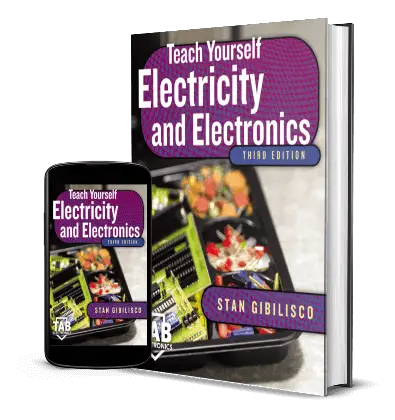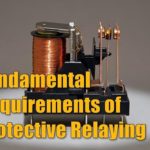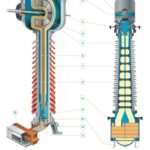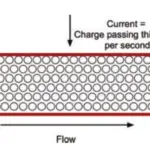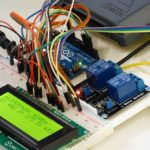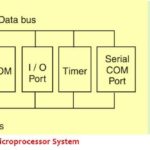This book is for people who want to learn basic electricity, electronics, and communications concepts without taking a formal course. It can also serve as a classroom text. This third edition contains new material covering acoustics, audio, high-fidelity, robotics, and artificial intelligence.
I recommend you start at the beginning of this book and go straight through. There are hundreds of quiz and test questions to fortify your knowledge and help you check your progress as you work your way along.
There is a short multiple-choice quiz at the end of every chapter. You may (and should) refer to the chapter texts when taking these quizzes. When you think you’re ready, take the quiz, write down your answers, and then give your list of answers to a friend. Have the friend tell you your score, but not which questions you got wrong.
The answers are listed in the back of the book. Stick with a chapter until you get most of the answers correct. Because you’re allowed to look at the text during quizzes, the questions are written so that you really have to think before you write down an answer. Some are rather difficult, but there are no trick questions.
What you learn?
This book is divided into four major sections:
- Direct Current
- Alternating Current
- Basic Electronics,
- Advanced Electronics and Related Technology.
At the end of each section is a multiple-choice test. Take these tests when you’re done with the respective sections and have taken all the chapter quizzes. Don’t look back at the text when taking these tests. A satisfactory score is 37 answers correct. Again, answers are in the back of the book.
There is a final exam at the end of the book. The questions are practical, mostly non mathematical, and somewhat easier than those in the quizzes. The final exam contains questions drawn from all the chapters. Take this exam when you have finished all four sections, all four section tests, and all of the chapter quizzes. A satisfactory score is at least 75 percent correct answers.
With the section tests and final exam, as with the quizzes, have a friend tell you your score without letting you know which questions you missed. That way, you will not subconsciously memorize the answers. You might want to take a test two or three times. When you have gotten a score that makes you happy, you can check to see where your knowledge is strong and where it can use some bolstering.
It is not necessary to have a mathematical or scientific background to use this do-it-yourself course. Junior-high-school algebra, geometry, and physical science will suffice. I’ve tried to gradually introduce standard symbols and notations so it will be evident what they mean as you go. By the time you get near the end of this book, assuming you’ve followed it all along, you should be familiar with most of the symbols used in schematic diagrams.
I recommend that you complete one chapter a week. An hour daily ought to be more than enough time for this. That way, in less than nine months, you’ll complete the course. You can then use this book, with its comprehensive index, as a permanent reference.
